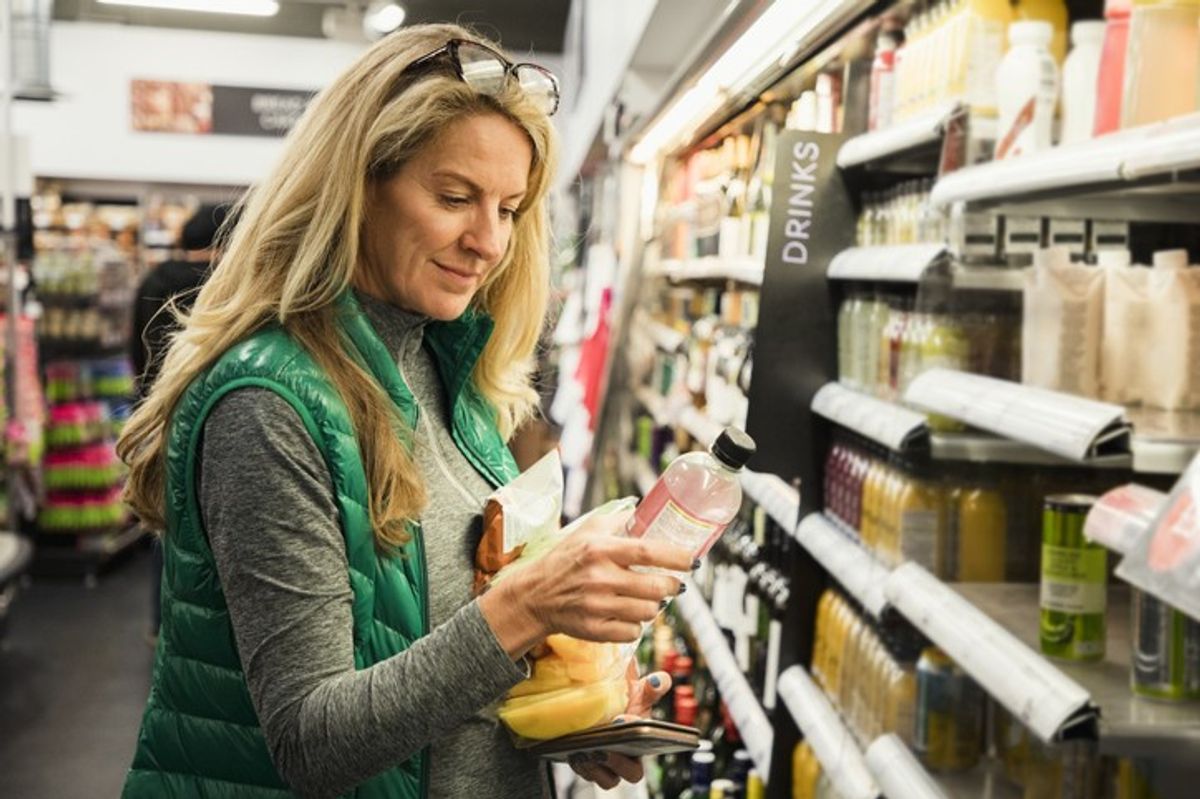Shoppers' spending on FMCG saw a rise in the third quarter of this year, shows a latest industry data, revealing a narrowing gap between own-label and branded products as the growth rates indicate shoppers are now starting to treat themselves to small indulgences again.
According to latest NIQ Retail Spend Barometer, value growth in the FMCG sector was driven by an uptick in the personal care (+10.7 per cent), homecare (+8.7 per cent), fresh food (+5.8 per cent), and snacking (+5.1 per cent) categories. Beverages returned to growth (+2.1 per cent), from a decline of 0.9 per cent in Q2. Meanwhile, the biggest declines were experienced in tobacco (-7.9 per cent) and paper products (-4.1 per cent).
NIQ attributed the rebound largely to the sales boost from the Euros and Olympics, which took place in July and August, and slightly sunnier weather compared to last year. Despite improved consumer confidence in Q2, this stalled in Q3 as economic and financial uncertainty continued to impact consumers. However, within FMCG, lower inflation is now leading to better volume growth.
The NIQ data also reveals a narrowing gap between own-label and branded products as the growth rates indicate shoppers are now starting to treat themselves to small indulgences again. In Q1 of this year, FMCG branded unit growth was recorded at 0.7 per cent compared to 3.1 per cent for own-label. However, in Q3 branded unit growth sits at 1.1 per cent versus 1.7 per cent for own-label.
Ben Morrison, Retail Services Director UK & IRE at NIQ, said: “The first eight months of the year so far have been more optimistic compared to 2023, but shoppers remain cautious. We are seeing more considered purchasing, particularly within T&D as consumers opt to replace products when they must rather than upgrade a working one.
"This also plays to the desire for more sustainable living – beyond just energy efficiency – which is adding to the decision process. When it comes to upgrades, credit schemes offer immediate gratification and are used more often by those on higher incomes to enable upgrades for non-essential big-ticket items”.
“As for FMCG, retailers will be pleased to see a slight increase in the rate of growth in the sector in Q3, largely boosted by the big sporting events over the summer. With the gap closing between branded and own-label items, shoppers are open to spending on certain items.
"However, building financial resilience remains a challenge for consumers. According to GfK’s Consumer Confidence Barometer, a quarter of consumers reported they were ‘just managing’ at the end of Q3 and 1 in 3 said they were unlikely to be able to save in the year ahead. Shoppers, therefore, remain cautious, so as we enter the golden quarter, promotions across retailers are going to be key in persuading savvy shoppers to trade up.”


